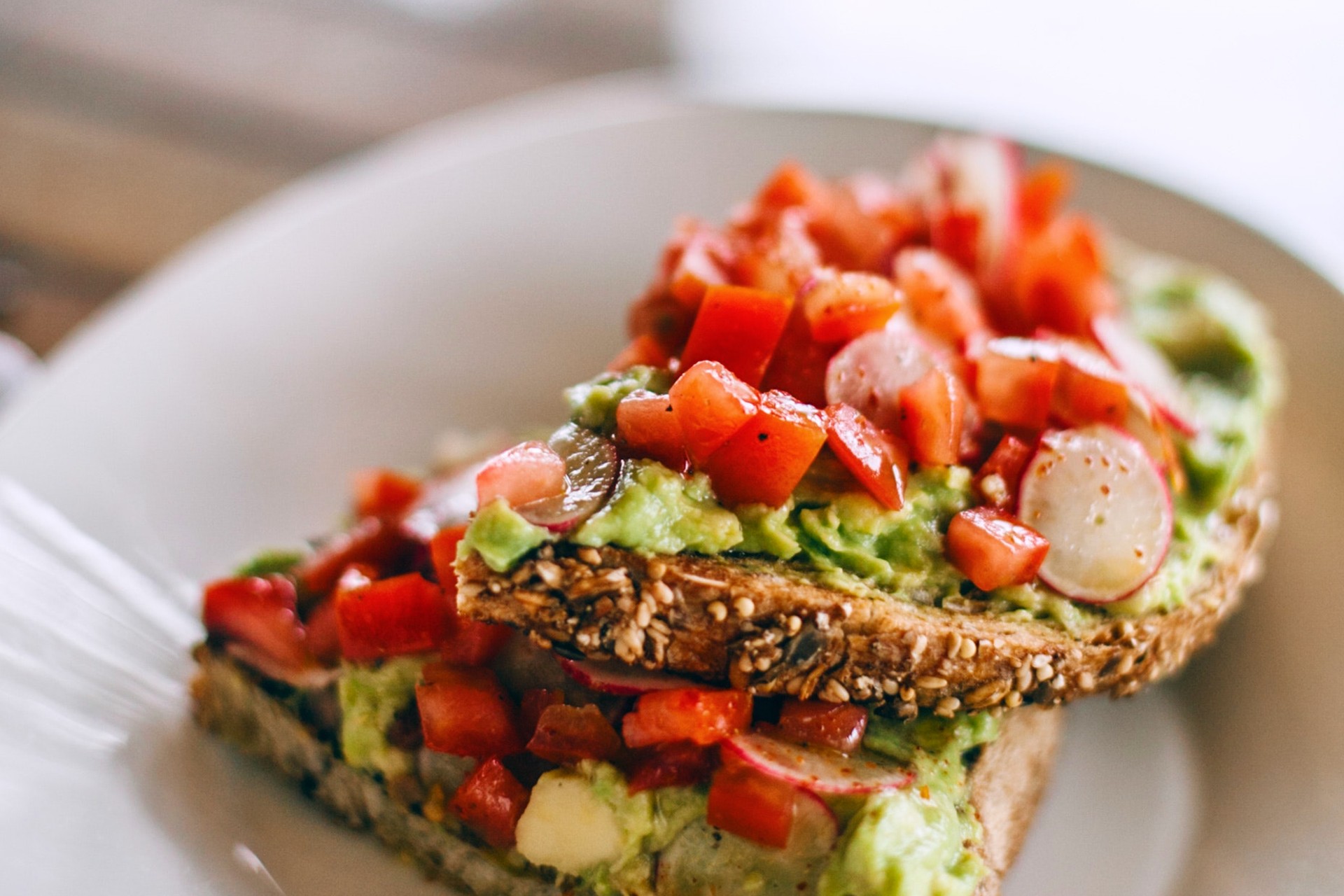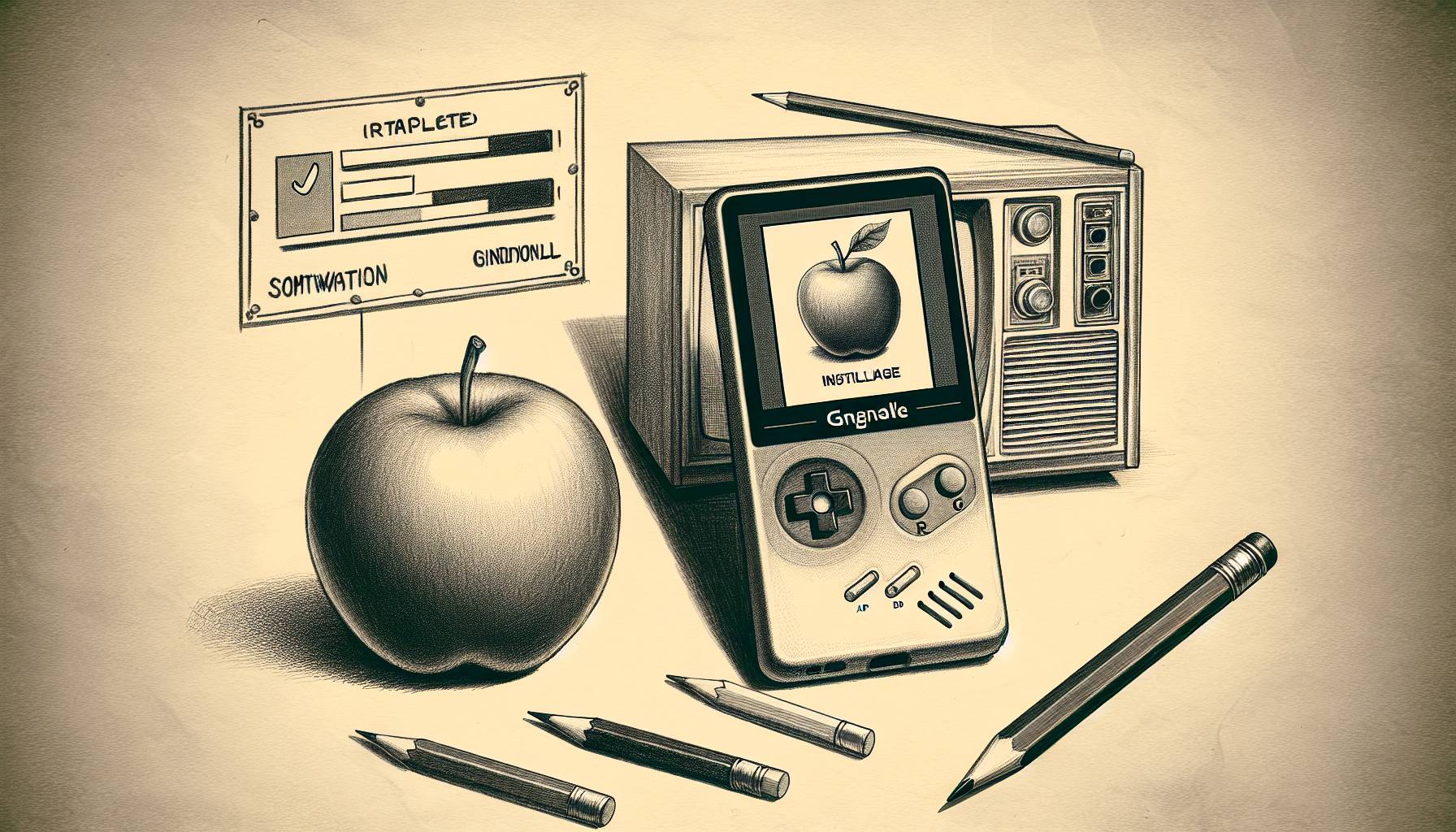You don’t need to deprive yourself to eat well. Here’s how to eat healthily — and like it — by focusing on positive changes to your diet.
Food should be a pleasure, and that’s still true even if you’re learning how to eat healthily.
Although some diet plans focus on negatives, implying you have to cut out everything you like, that doesn’t have to be the case. In fact, completely cutting out foods or even whole food groups isn’t necessarily a good idea. It is a potentially unbalanced approach to eating. In addition, it can lead to a sense of failure if you can’t resist something on the “banned” list. As a result, this makes more likely to give up altogether.
In any case, any diet that feels like a hard chore is going to be tough to stick to. Learn how to eat healthily by focusing on the positive rather than on the negative aspects of it. This method is much easier and is often more effective, too.
Eat more good things.
Telling you to eat more may seem strange if you’re trying to lose weight. However, eating at regular intervals (three nutritious meals a day, plus snacks if needed) and eating more of the right things can help.
Don’t focus on what you can’t have. Instead, focus on what you can have.
For instance, you can have fruits and vegetables, white and oily fish, wholegrain and high-fiber starchy carbohydrates. This will leave less room for foods like fatty or processed meats. In addition, it leaves you less hungry for salty or sugary snacks and drinks.
Doing this will help balance your diet. This means you get all the nutrients, vitamins, and minerals needed for good health and the right amount of energy. This makes it easier to maintain a healthy weight. In addition, it helps you feel better about yourself.
In order to eat more healthily, fill up on fruit and vegetables.
Having at least five portions of fruits and vegetables each day helps protect your heart. In addition, it can reduce your risk of a heart attack or stroke.
What’s more, the fiber content will fill you up and reduce temptation from unhealthy foods.
Eating more fruit and vegetables is easy. Add stewed fruit, berries, or sliced banana to your porridge or yogurt for breakfast. Put extra veg in soups, stews, and sauces. In addition, you might just have an extra portion or two alongside your main meal.
Fruit is an obvious snack. However, don’t overlook vegetables. You can cut carrots, sweet peppers, cucumbers, or celery into batons so they’re ready when hunger strikes. In addition, you can simply wash radishes or cherry tomatoes for a quick snack. Adding grapes pomegranate seeds, or apples to salads can make them look and taste more exciting.
Eat more whole grains.
Wholegrain foods such as bread, brown rice, and wholemeal pasta are a source of fiber. Therefore, choose them over white varieties. This keeps your digestive system healthy.
Other whole grains like oats also provide soluble fiber. This helps lower cholesterol levels. You could have whole-grain porridge or a wholegrain bagel for breakfast. In addition, you could have wholemeal pasta salad for lunch. Further, you might have grilled chicken and brown rice salad for dinner.
Additionally, whole grain rice cakes topped with bananas are an easy snack. Eating more whole grains is both more nourishing and more filling. Therefore, you don’t feel as much like eating junk food. Learning how to eat healthily means making more good choices. As you do, the choices that are less good are easier to avoid.
Eat more healthily…go for the fish.
Aim at having two portions of fish a week.
Additionally, make one of these an oily fish such as salmon, mackerel, trout, or fresh tuna (not tinned). Oily fish is a source of protein and provides omega-3 fatty acids. These are associated with reducing your risk of heart and circulatory disease.
Furthermore, adding fish to your diet can help reduce your meat intake and the saturated fat and salt that can come with it.
Buy more food and plan ahead.
Being prepared and buying more of the right foods makes it easier to follow a healthy diet.
In addition, it means you’re less likely to eat out or order takeaway food. Plan good meals in advance. After that, go to the supermarket with a shopping list for the week ahead. This will help you stay on track.
In addition, be realistic about how much you will cook and eat in a week, so you don’t waste food.
Further, cooking your own meals can help you eat healthily. It allows you to control the things you add.
If cooking from scratch seems difficult, start small. Make a plan to cook once or twice a week. In addition, you might cook one thing you can eat over a couple of days. Do this on the weekend and build up from there. If time is an issue, make the most of your weekend and batch cook and freeze meals for during the week.
Eating healthily is beautiful. Therefore, color it in.
Making meals colorful increases their appeal.
Add a variety of colored vegetables. Add such things as yellow peppers, tomatoes, beetroot, spinach, sweetcorn, or carrots. These can make your meals look great on the plate, and make them more nutritious too.
It’s also good from a nutrition perspective to eat food with different colors. Different fruits and vegetables have different nutritional value. Therefore, it’s good to have fun dressing up your meal with lots of colors.
There’s even evidence that using colored plates (or cups or straws) can influence your perception of foods. White and pink striped straws can create an illusion of sweetness. This can make a veggie smoothie tastier. By the same token, when you eat leafy green vegetables like broccoli or spinach, they can seem more pleasant when eaten from a red plate.
Enjoy your beautiful food!
There’s no point in eating food you don’t enjoy.
Try out different foods to find the ones you love. There are hundreds of heart-healthy recipe ideas. There are also healthy versions of your favorite takeaway dishes.
In addition, remember that it takes around 20 minutes to feel full once you’ve finished eating. Therefore, slow down as you eat. Take time to enjoy your food one bite at a time!













